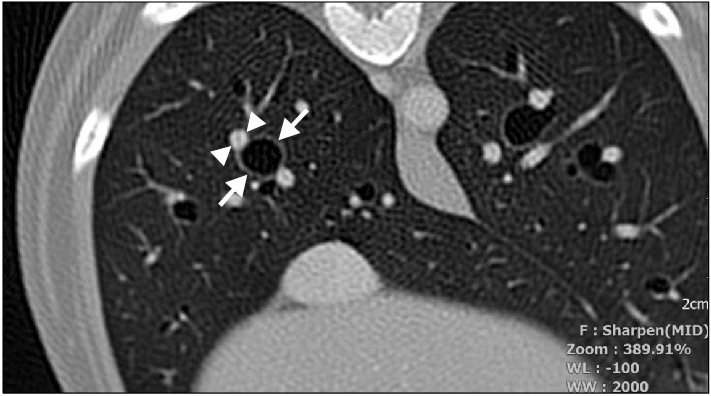Sage Veterinary Imaging Blog
Pet Health & Advanced Veterinary Imaging
FAQ: Will I get to speak directly to a radiologist?
Your pet’s imaging results are reviewed by board-certified radiologists who work closely with your veterinarian. This doctor-to-doctor collaboration ensures accuracy—and if your vet recommends it, a brief consult can help clarify complex findings.
FAQ: What information should I share before my pet’s imaging appointment?
Preparing for your pet’s imaging appointment starts with sharing the right details. From medications and allergies to anesthesia history, these simple steps help your care team keep your pet safe and deliver clear, confident answers.
FAQ: Does my pet really need to fast for 12 hours before their exam?
Wondering why your dog or cat can’t eat before their MRI? Fasting keeps them safe under anesthesia and ensures crystal-clear images. Get practical tips to make prep easier and know exactly what to do if breakfast slips by mistake.
FAQ: What should I expect when dropping my pet off for imaging?
Imaging drop-off looks different from a traditional vet visit. With check-in, consent forms, and a three-hour window for scans and recovery, the process is designed to keep pets safe, allow medical prioritization, and ensure every patient receives careful attention.
FAQ: Why does SVI use drop-off windows instead of exact appointment times?
Imaging appointments run differently than traditional vet visits. By grouping patients into morning and afternoon blocks, the team creates space to manage complex cases, adjust for urgent needs, and deliver safe, well-coordinated care for every pet.
FAQ: What can the doctor see during an MRI scan?
MRI offers a detailed look at your pet’s brain, spine, and soft tissues, revealing conditions other scans can miss. Learn how this advanced imaging technology helps veterinarians diagnose complex issues and guide effective treatment plans.
FAQ: What should I do before I arrive for my pet’s exam?
Safe, clear imaging starts with the right prep. From fasting the night before to giving anxiety medication and bringing morning meds, these steps help reduce stress and keep your pet comfortable. Learn the essentials for a smooth exam day.
FAQ: Why can’t you tell me exactly when my pet will be done?
Advanced imaging doesn’t follow a rigid schedule. Shifting patient needs, technical factors, and emergencies mean timing can vary, but the team prioritizes updates, safe recovery, and transparency so you always know your pet is cared for.
FAQ: What does it mean when I have a STAT appointment?
STAT appointments are designed for urgent cases where fast imaging guides critical decisions. These visits move to the top of the schedule, take about 1.5–2 hours, and include tailored instructions and updates so owners know their pet is safe and cared for.
FAQ: What can I expect when I pick up my pet?
Pick-up is designed to be simple and clear. The team welcomes you, reviews your pet’s case, collects payment by card or CareCredit, and provides itemized receipts for insurance claims. Everything is structured to make next steps straightforward and stress-free.
FAQ: What should I do after my pet’s appointment and I bring them home?
Your pet’s imaging visit is only the beginning. What happens after is just as important. From urgent updates to treatment planning, discover how results flow seamlessly back to your veterinarian and set the stage for your pet’s next steps.
FAQ: Will my pet be anxious without me during their scan?
Every pet deserves a stress-free experience. Through gentle anesthesia and constant monitoring, our team keeps your pet calm and safe from start to finish, so you can relax knowing they’re cared for like family.
FAQ: What can a veterinarian see with a CT scan?
CT imaging gives veterinarians a clearer look inside your pet’s body—far beyond what X-rays can show. Discover how this 3D scan helps identify fractures, tumors, and internal disease with unmatched precision and insight into your pet’s health.













